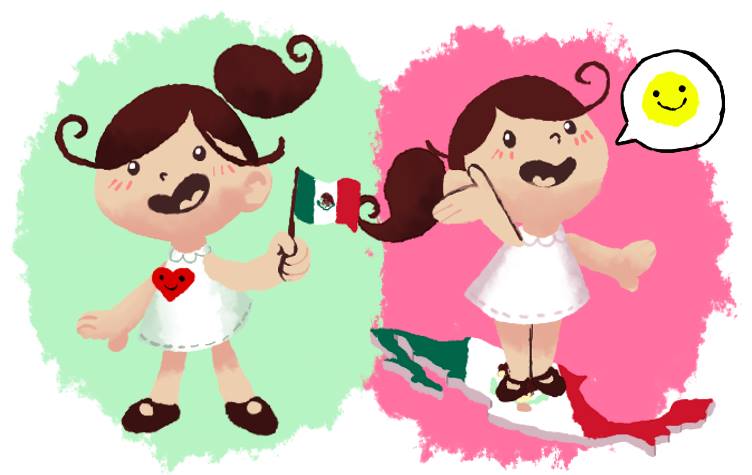The “permanent” and “nonpermanent” rule won’t always work
Most websites and books will teach you that “ser” is used for permanent actions and “estar” is temporary actions. This rule does not work 100% of the time. I would even say it works like 60 or 70 % of the time. Yes it works, but you can’t apply the rule all the time. In some cases, it will just make it confusing.
One time a student said he volunteered at a charity event for one day. During the event, he introduced himself and said ¨Estoy voluntario¨, assuming it should be ESTAR since he was a volunteer for one day only. The right way to say this is ¨Soy voluntario¨, using a form of SER. The rule here is every time you say your occupation or profession, use SER. This rule overrides the permanent/non-permanent idea.
If you want to be a little bit more advanced about using SER and ESTAR, here’s the way I teach the two verbs. Let’s break down examples and divide them into the following categories:
Location & ConditionvsWho you are
Use ESTAR to describe your location or condition
To say where you are located, use ESTAR all the time. For example,
- Estoy en mi casa. — I´m in my house.
- Estoy en México. — I´m in Mexico.
- Estoy en clase. — I´m in class.
- ¿Cómo estás? — How are you? (you´re asking about their condition)
- Estoy muy bien. — I´m very well.
You can also use ESTAR to say where something is located.
- La escuela está cerca de mi casa. — The school is near my house.
- Mi teléfono está en la mesa. — My phone is on the table.
- El banco está cerca del centro. — The bank is near downtown.
Use ESTAR to describe your condition, as in being sick, busy, tired, happy, sad…your current condition.
- Estoy enfermo. — I´m sick.
- Estoy cansado. — I´m tired.
- Estoy ocupado. — I´m busy.
You can also use ESTAR to describe the condition of a thing, that is when something is broken, wet, dirty, hot, frozen, etc.
- El café está frío. — The coffee is cold.
- El piso está mojado. — The floor is wet.
- La computadora está descompuesta. — The computer is broken.
Use SER to describe who you are, that includes your name, place of origin or nationality, occupation, your physical appearance or your personality.
- Soy Luis. — I´m Luis.
- Soy de México. — I´m from Mexico.
- Soy voluntario. — I´m a volunteer.
- Soy alto. — I´m tall.
- Soy tímido pero amigable. — I´m shy but friendly.
Let ‘s recap.
Use ESTAR to say your location or condition and use SER to describe who you are as a person. These are basic rules but they help you cover most of the uses of both verbs. Let’s look at a couple of examples.
Estoy feliz. — I´m happy. (This refers to your condition)
Soy feliz. — I´m a happy person. (This is who you are)
Using SER and ESTAR in past tense
If you use ESTAR in present tense then use it in past tense within the same category of use since the rules are the same.
- Estoy feliz. — I´m happy.
- Estaba feliz. — I was happy.
- Estoy ocupado. — I´m busy.
- Estaba ocupado. — I was busy.
- Estoy en mi casa. — I´m in my house.
- Estaba en mi casa. — I was in my house.
If you use SER in present tense then use it in past tense within the same category of use since the rules are the same.
- Soy voluntario. — I´m a volunteer. (You don´t have to say un or una)
- Era voluntario. — I used to be a volunteer. Unless you specify for how long you volunteered then use the preterite form:
- Fui voluntario por dos días. — I was a volunteer for two days.
In a separate lesson we can learn more about SER and ESTAR used in past tense. We can go over the difference between estuve, estuvo, estaba, etc.
Ser & Estar Basic Quiz

Question






Your answer:
Correct answer:

Your Answers
